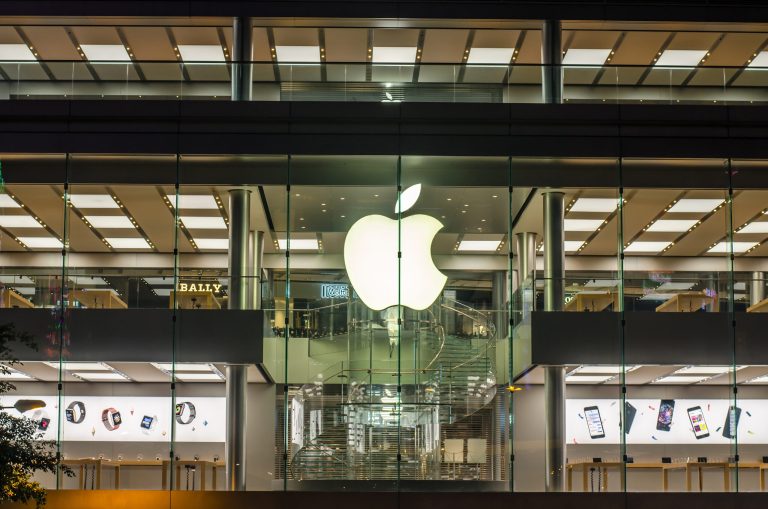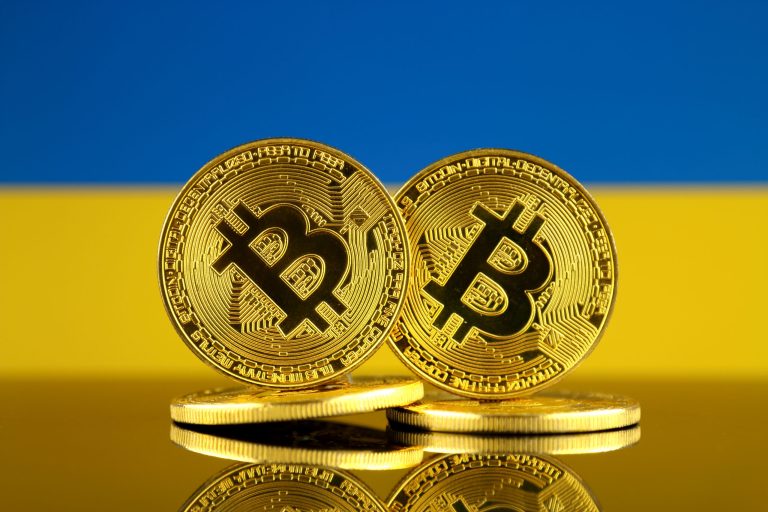President Joe Biden faces a critical decision on Nippon Steel’s $15 billion bid to acquire US Steel, a deal that has raised concerns over national security.
The Committee on Foreign Investment in the United States (CFIUS) referred the matter to the President after failing to reach a consensus, Reuters reported.
President Biden has 15 days to block the transaction, which has faced opposition from both him and former President Donald Trump.
Will the Nippon Steel-US Steel deal go through?
The potential merger has been under intense scrutiny due to its implications for US economic and national security.
If Biden takes no action within the given timeframe, the deal will proceed, offering an unexpected green light to the Japanese steel giant.
However, the President has previously expressed reservations about the tie-up, aligning with Trump’s stance, who also opposed the merger before his term ended.
CFIUS, responsible for assessing foreign investments for national security risks, escalated the review to Biden after thorough deliberation.
“We received the CFIUS evaluation, and the President will review it,” said White House spokeswoman Saloni Sharma.
Both Nippon Steel and US Steel confirmed they were informed of the referral on Tuesday, adding to the uncertainty surrounding the deal’s future.
Nippon Steel has urged Biden to consider the measures it has taken to address security concerns.
“We have made significant commitments to grow US Steel and ensure national security is safeguarded,” the company stated.
US Steel echoed the sentiment, emphasizing that the deal enhances both US economic and national security.
Should the deal collapse, Nippon Steel faces a hefty $565 million penalty to US Steel.
The company has also indicated that it may pursue legal action against the US government if the merger is blocked.
The acquisition is pivotal to Nippon Steel’s expansion strategy, which aims to increase its global steel production capacity from 65 million metric tons to 85 million tons annually.
The company views the merger as a cornerstone to achieving its long-term goal of surpassing 100 million tons of production.
The stakes are high as Biden weighs the potential economic benefits against national security risks.
The outcome will have far-reaching implications for the global steel industry and US-Japan trade relations.
A decision is expected within the next two weeks, keeping markets and stakeholders on edge.
The post Biden to decide fate of Nippon Steel’s $15 billion bid for US Steel: here’s what you need to know appeared first on Invezz










